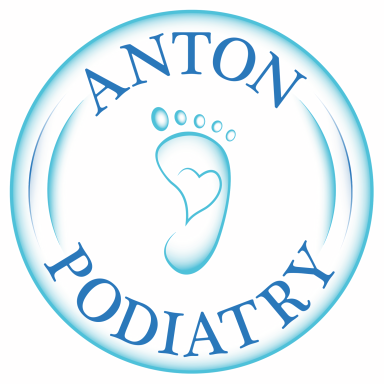
Heel and foot pain
Problems around the feet are extremely common but are often overlooked until they become a significant problem. We may be biased, but we believe it is one of the areas of the body that people take the most for granted. We know the impact that having a foot problem can cause in your life. It can stop you doing the activities you love, affect your work, and limit your ability to do daily jobs like walking the dog or popping to the shops.
If you have foot or heel pain, it is key to work out why the foot pain is there and then look to build the right treatment plan for you. We start with an initial consultation, taking a detailed history and carrying out a full examination, and then come up with a working diagnosis.

Ingrown toenails
Ingrown toenails are very common and can be extremely uncomfortable. They are often overlooked because people don’t think that a nail can cause so many problems. However, once you have had an ingrown toenail, you soon find out much it can impact you, particularly if you have an infection.
To managing an ingrown toenail is all about getting the right treatment at the right time. Sometimes, just trimming the nail and removing a small spike can settle things down nicely; however, if you have had repeated infections requiring antibiotics, often the best form of treatment is to complete nail surgery under a local anaesthetic, making the whole experience after the injection pain free. If you have a problem toenail, we start with an ingrown toenail assessment appointment, in which we complete an examination and talk you through the possible options. If appropriate, we can often then perform nail surgery within a week or two.

Verrucae
Verrucae are common, and they are not always painful. However, if they are under a weight bearing aspect of the foot, they can be extremely uncomfortable to live with. Verrucae are part of the HPV virus (human papillomavirus) and are essentially a wart of the foot.
Verrucae in children do not always have to be treated. Generally, if they are not causing any discomfort, then we leave them alone. Appointment wise we start with our Verruca Assessment appointment, in which we will examine the potential verrucae and then come up with a treatment plan that is right for you.

Corns and calluses
Corns and calluses are common skin conditions characterised by thickened, hardened areas of skin. While they’re not usually serious, they can be uncomfortable and sometimes painful and can impact your daily life.
Callus occur over larger areas of the foot, corns are smaller and more concentrated in nature and often more painful.
Corns and calluses develop due to:
- Pressure and Friction: Repetitive rubbing or pressure on the skin from activities like walking, running, or wearing tight shoes.
- Bony Deformities: Conditions like hammertoes or bunions can contribute to their formation.
- Improper Footwear: High heels, uncomfortable shoes, or ill-fitting footwear exacerbate the problem.

Fungal nails
Fungal infections affecting the feet are surprisingly common. Fungi thrive in warm, moist, and dark environments, and our feet—often encased in socks and sweaty shoes—are an ideal breeding ground. Let’s delve into the details:
Toenails are vulnerable due to being the perfect place for fungus to grow. When fungal infections affect toenails, it’s called onychomycosis. In general, fungal nails can look unsightly and sometimes cause pain and discomfort
Signs and symptoms include: crumbly, brittle nails or yellow/brown discolouration, indicating fungal issues.
If there is fungus present Treatment Options include:
- Topical antifungal creams
- Oral anti fungal medications
- Removal of the nail and a discussion as to whether or not to allow the nail to grow back afterwards

Diabetic foot checks
We know that if you suffer with diabetes, maintaining good foot health is very important. Having regular checks and addressing any problems early can potentially be limb saving.
Our Service to You
Discover more about our extensive range of professional services. We constantly update this page, but if you still can’t find what you’re looking for, please feel free to get in touch with us – we will be more than happy to help.
©Copyright. All rights reserved.
We need your consent to load the translations
We use a third-party service to translate the website content that may collect data about your activity. Please review the details in the privacy policy and accept the service to view the translations.
